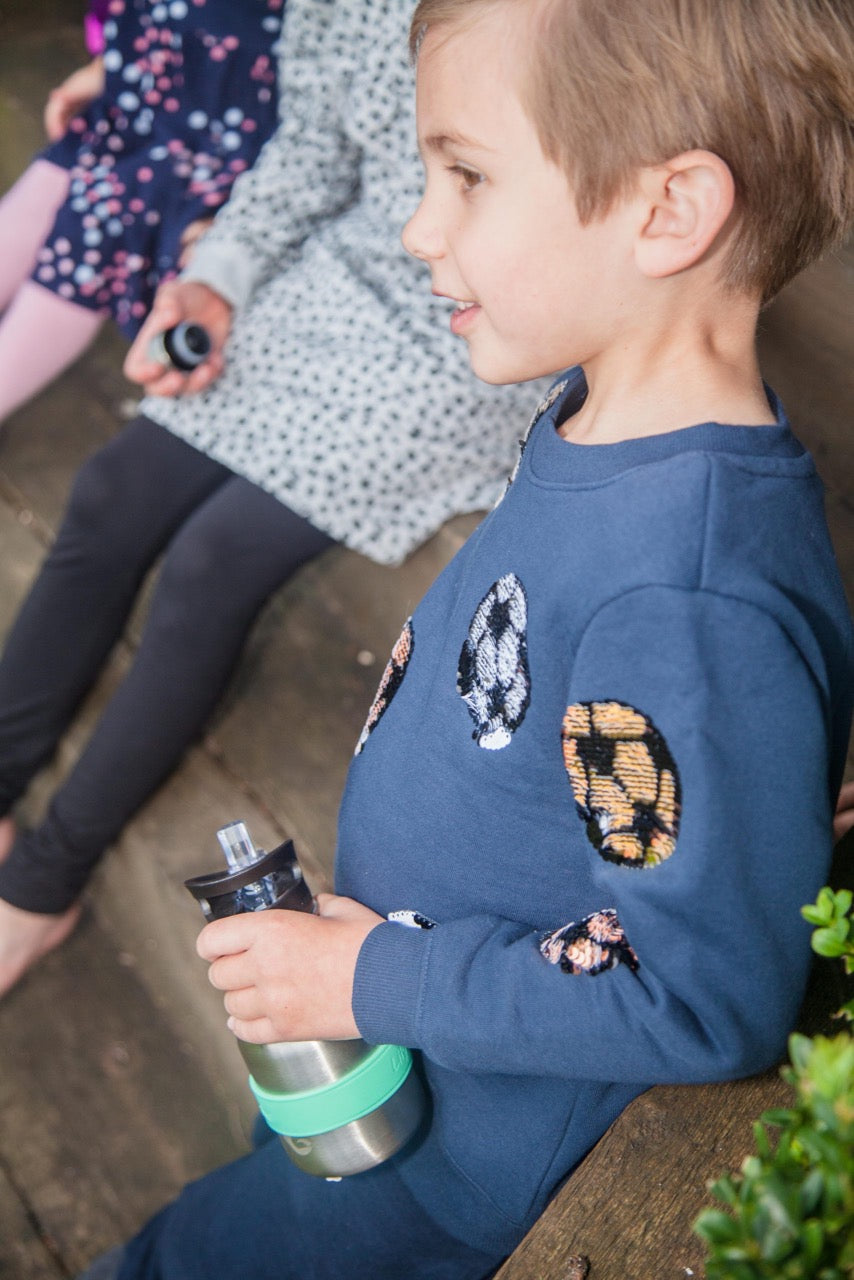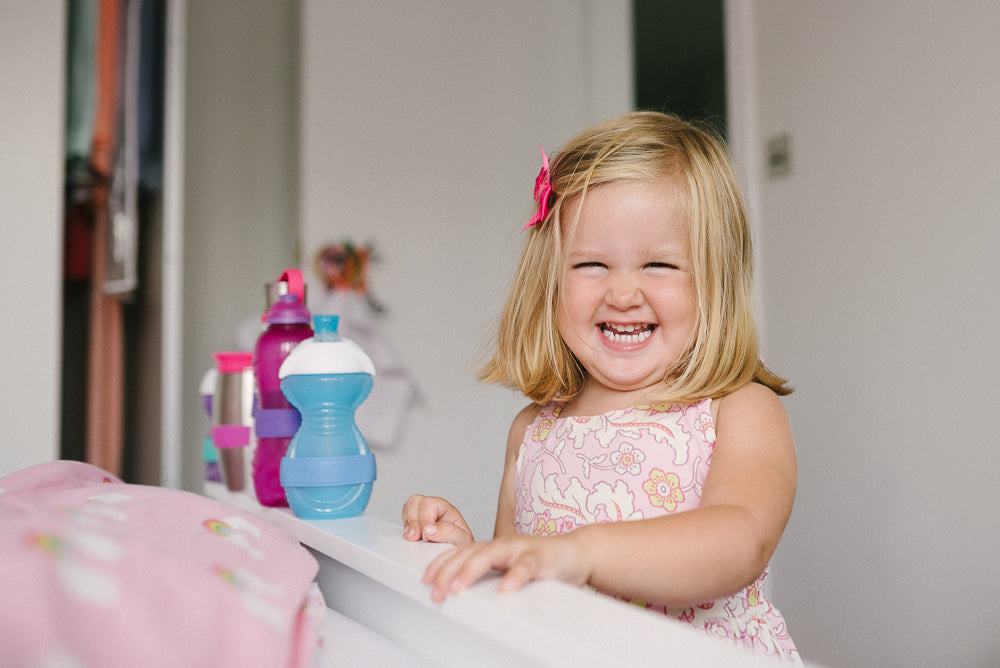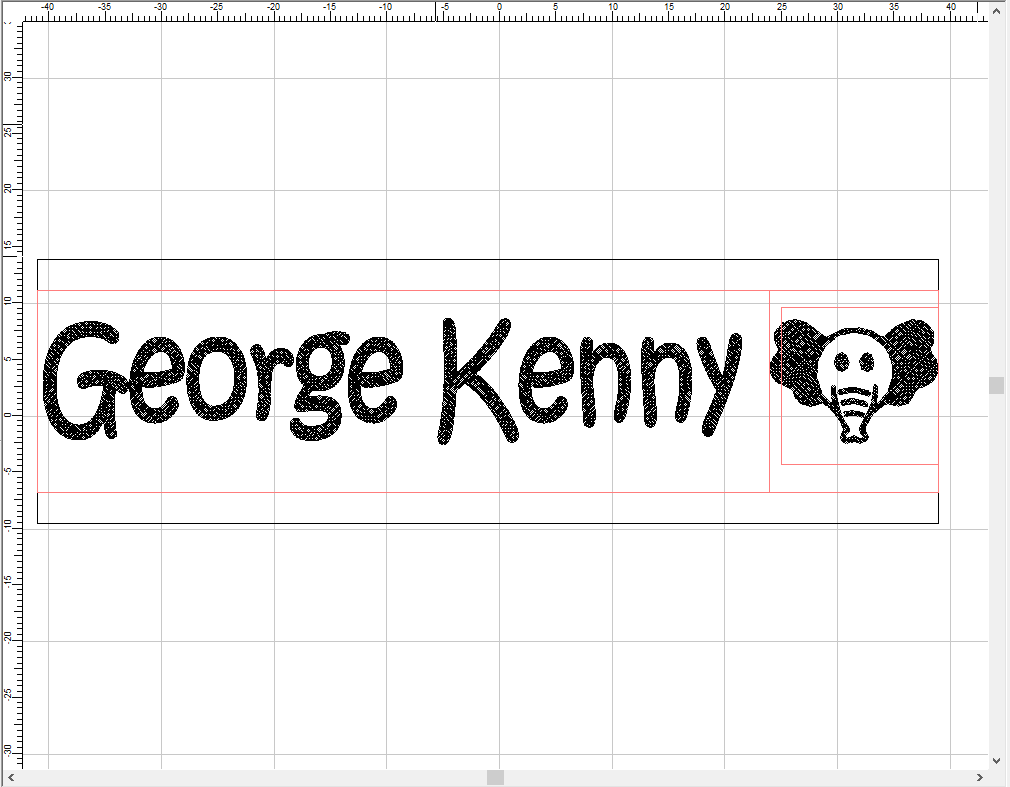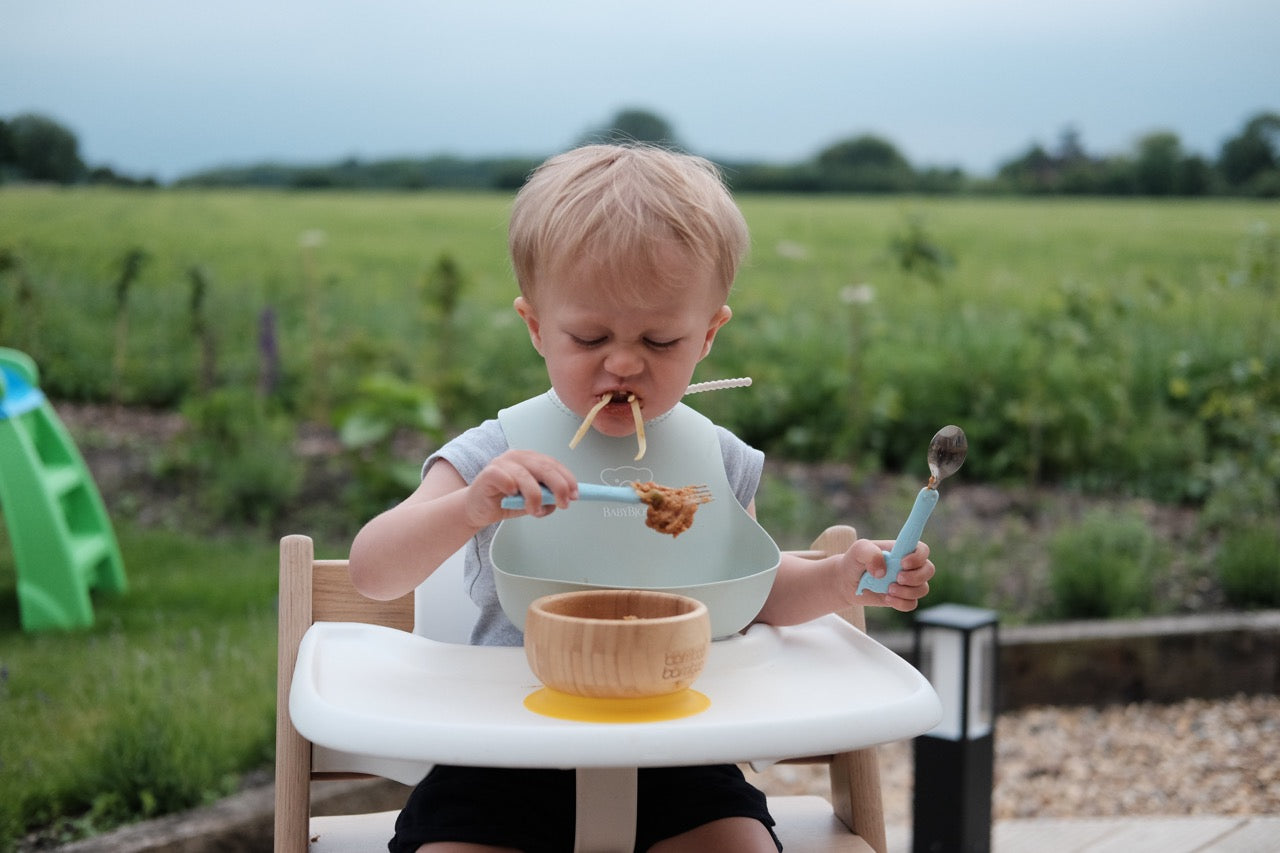Products for the Planet
At Personalised kids’ stuff a lot of our products are made partially or wholly from silicone – you may have noticed! You may also be wondering exactly what silicone is – well, you know how it looks and feels, but do you know what it’s made of? You might also be wondering how it measures up environmentally and from the point of view of health – a big concern, especially as we supply kids’ products.
The properties of silicone make it ideal for us: the easy, comforting mouth feel; the smooth, silky texture; the fact that it is easy to wash and keep clean. Its ability to be moulded into shape, to withstand scuffs and marks. The fact that it lasts exceptionally well and looks amazingly good. Most
importantly the environmentally friendly aspect and the safety for kids – because we know you want to keep their things as free from chemicals as possible.
Let’s have a look in more detail at silicone.

What’s in silicone?
To understand what silicone is made up of we need to look at silicon, which is a major ingredient in silicone. Silicon is naturally occurring, derived from something that we all know and love – unless it’s in your child’s socks – sand. It is the second most abundant element in the Earth’s crust after oxygen.
Silicone, unlike silicon, is a synthetic polymer made up of silicon, oxygen, carbon and hydrogen. This means that it is made up of bonded molecules – this structure makes it easy to tailor for all sorts of different uses. In simple terms the ingredients are mixed, in the correct amounts, like a bread dough in a giant mixer along with any colour pigments. Conversion machines then make the mixture into whatever the product is going to be.
What are the advantages of silicone?
So, silicone is an extremely useful polymer – it’s used to make a long list of products, from implants to kitchenware, from automative parts to contact lenses. One of its big advantages is its tolerance of extremes of temperature – from very cold to very hot. It also usually has a shelf life of approximately 10 years which is longer than other similar materials, so your products should last. . We aren’t suggesting you freeze them at minus 50 degrees or put them in a furnace, but they should withstand dishwashers and freezers!
Silicone also doesn’t support microbial growth, so is very hygienic, and is resistant to UV light so won’t fade in colour.
Silicone itself is classed as a premium rubber – but it has many advantages over other types of rubber and plastic. It has very low toxicity so is a very safe material for cutlery and food utensils to be made from. It’s free of the nasties that tend to be in plastic – it has no BPA, it’s free from PVC, lead, latex, phthalates, nitrosamines, formaldehyde and other similar toxins. So from this point of view it’s an ideal material to be used to make products for your kids to eat and drink from.
At PKS we aim for absolutely minimal use of plastic, progressing towards totally eliminating it in our products as soon as this becomes viable.

You say you don’t have toxins. What are they anyway?
Lots of people have heard the names of toxins but it’s sometimes difficult to understand what they are and why they could be dangerous.
BPA (bisphenol A) is a chemical used to make plastics. It has been linked to fertility problems and heart disease.
PVC (polyvinyl chloride) – many of us have heard of this type of plastic, it’s strong and lightweight.
Phthalates – these are chemicals used to soften PVC. They can potentially cause liver damage, lung damage and more.
Nitrosamines – these are potentially cancer causing chemicals found in plastic.
Formaldehyde – this is a gas that can be used in plastic manufacture. It is potentially a respiratory irritant aggravating things like asthma; it is also potentially carcinogenic.
So, as you can imagine, we want to avoid these chemicals as much as possible – and silicone contains none of them.

How about the environment?
Plastic, which is made from oil – a non-renewable resource – is a great strain on the earth’s resources. Silicone being made from silicon – which is abundant and readily available – is a much better alternative. The process of making silicone does use some nonrenewable resources like gas as well, but because its main component is renewable it’s a much better option.
Silicone is inert – chemically inactive – so has a very low chance of leaching any chemicals – either into food or the environment. Unlike plastics it doesn’t break down easily at all so you won’t find bits of it breaking off and getting into the seas or into your child’s digestive system!
The longevity of silicone makes it more planet friendly as it can be used time and time again. So our products can be used and enjoyed many times over. Silicone can also be recycled at certain refuse centers, although it is not biodegradable. It can ultimately be down cycled into an oil that can be used as an industrial lubricant, or a playground mulch.
You can also send back any old, used products bought from us and we will arrange for recycling.

How about the cost of silicone for products?
The process of making silicone is more expensive than making plastics, mainly because it’s quite costly to extract silica from sand. However the slightly higher cost is justified because of the benefits of silicone over plastic.
So, in summary, silicone is far superior to plastic for use with food and drinks, far safer for our little ones (not just them!) and far more planet friendly. This was a centrally important consideration in our choice of silicone for our products. Should it end up in landfill, it won’t break down and pollute the earth as plastic can.
We hope that all of this explains our choice of silicone for the products we want you and your kids to enjoy and love. We don’t want to see anyone buying more plastic than is absolutely necessary. We believe that silicone is an excellent alternative for our products that actually performs far better and above all is clean, safe and friendly to the earth and all that surrounds it.







